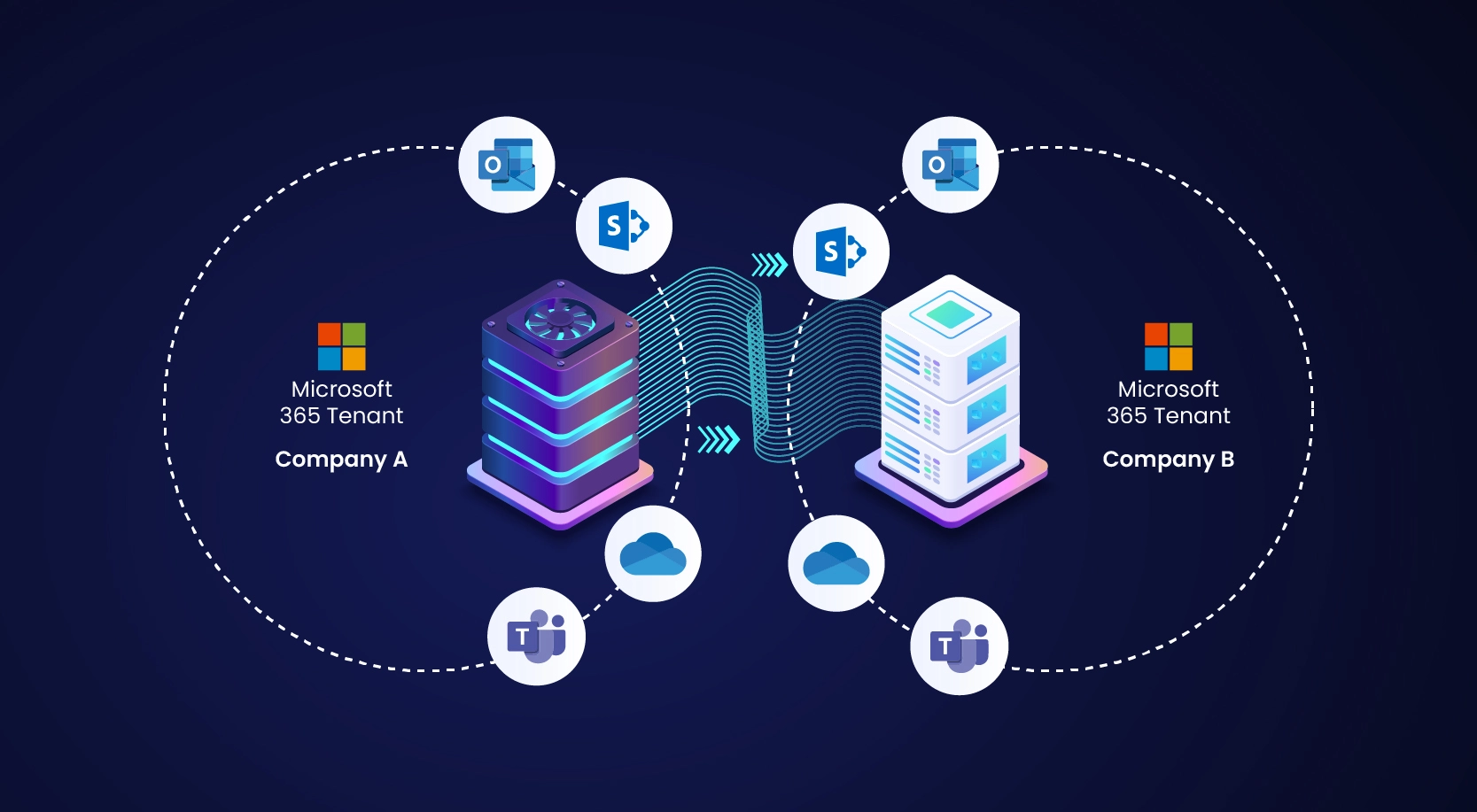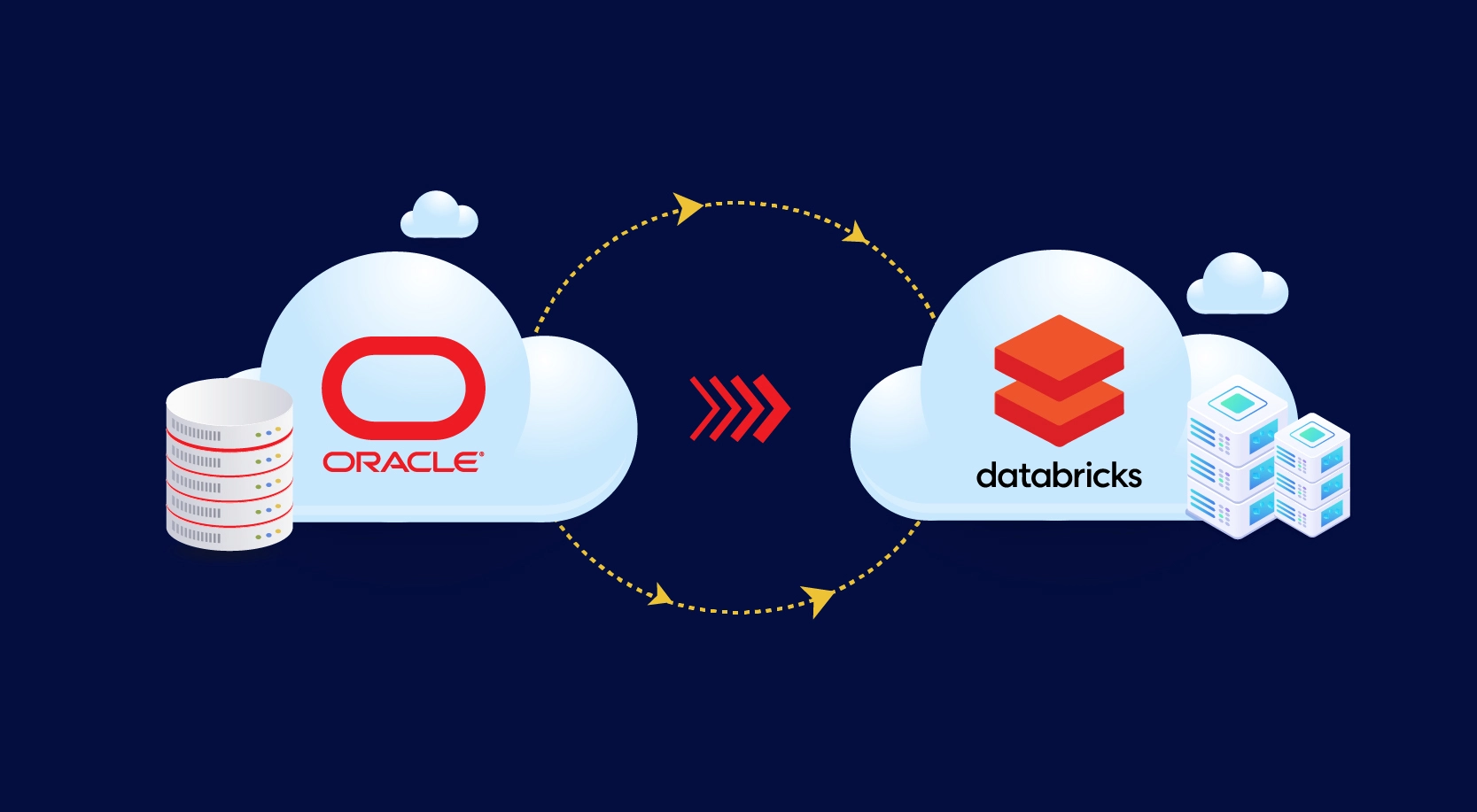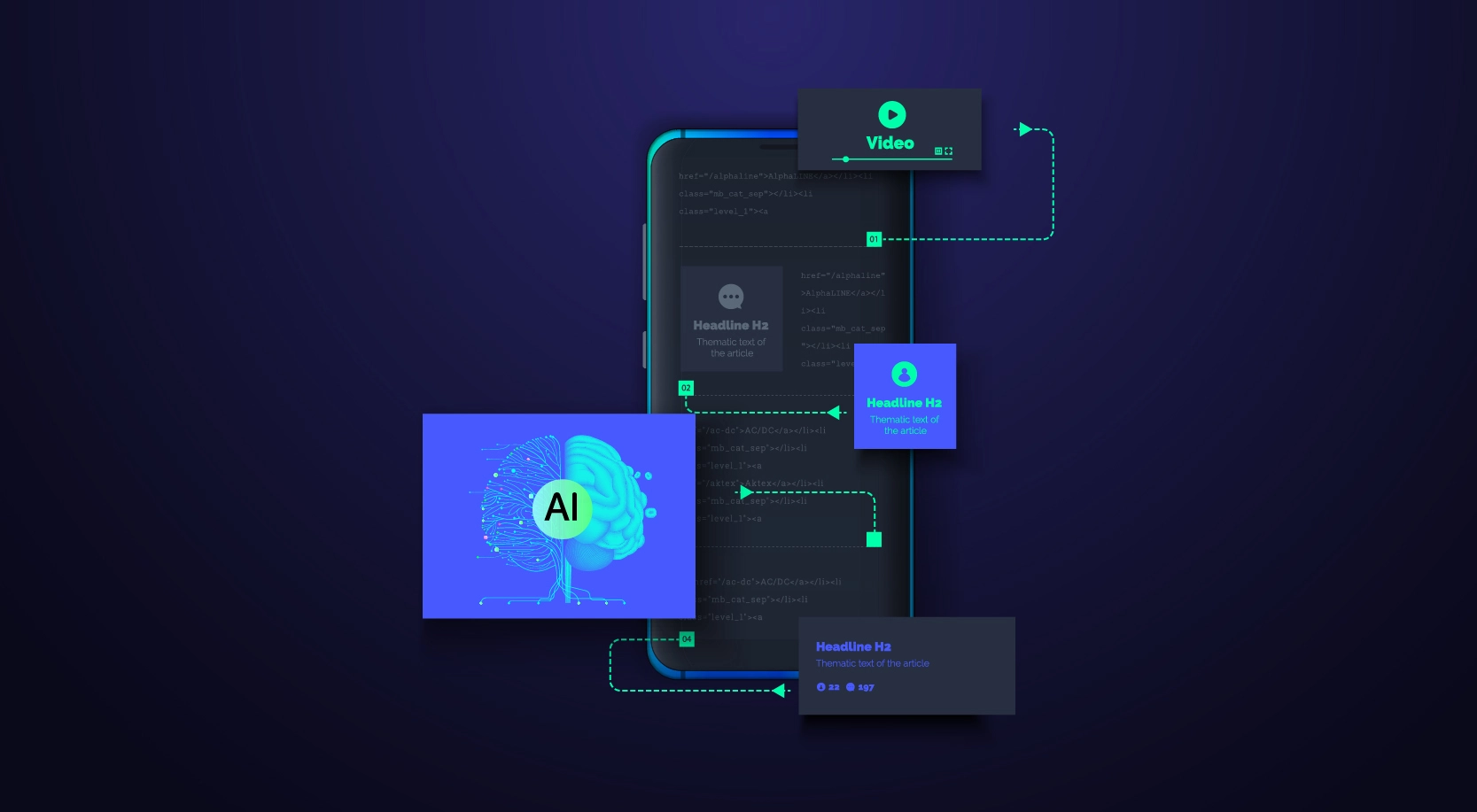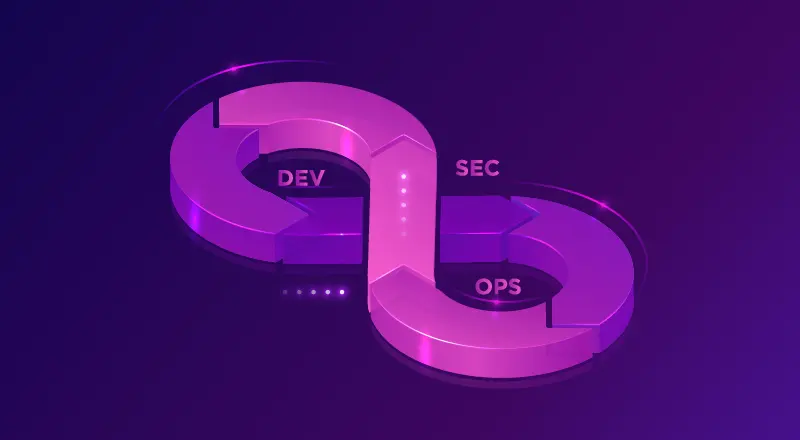
Maintaining security is indispensable and treating it as an afterthought only decelerates organizations’ progress. And for businesses to enforce security at every step, they must consider DevSecOps.
DevSecOps is an approach for implementing prevention and protection measures for applications and infrastructure from security risks and vulnerabilities. This ensures that the applications are less exposed to threats and are continuously monitored for security threats. It automates the process and implements the security checks from the beginning of the application pipeline. It is an agile practice that can help organizations adopt the cultural shift while overcoming any budget constraints and ambiguity associated with security planning.
The benefits of integrating security with DevOps are enormous, from increased sales and lower costs to faster delivery and more effective compliance. The DevSecOps market is expected to grow to USD 5.9 billion by 2023, at a CAGR of 31.2%.
Unfortunately, DevSecOps isn’t easy and usually it takes time to see this new approach to security take flight. There are several challenges related to people, practices, tools, and infrastructure, that organizations need to overcome to effectively adopt and practice DevSecOps.
In this blog, we will discuss how DevSecOps works, its benefits, and how it enables organizations to increase customer trust, improve work culture, reduce cost and build a holistic security approach throughout the development and deployment environments.
1. DevSecOps and its disciplines2. How DevSecOps Works
3. Benefits of DevSecOps
4. Strategies to Implement the DevSecOps Culture
5. How WinWire can help you with DevSecOps?
DevSecOps and the Three Disciplines:
DevSecOps is short for– Development, Security, and Operations. It automates security integration at every phase of the software development lifecycle, from initial design through development, testing, deployment, and maintenance. The goal is to seamlessly integrate security into your continuous integration and continuous delivery pipeline in both pre-production and production environments.
DevSecOps connects the three key disciplines – Development, Security, and Operations – using automation.
- Development – The Dev team creates and iterates on new and existing software applications, including –
• Custom and Business apps that are designed for a single, specific purpose
• API-driven interfaces for apps and connections to bridge the gap between new services and legacy systems
• Applications that may leverage open-source code to accelerate the development process
- Operations – This refers to managing the software functionality throughout its delivery and use cycle, including –
• Monitoring the system performance
• Fixing network and infrastructure issues
• Testing after updates and changes
• Tuning the application release processes
- Security – This refers to the tools and techniques to design and build applications to protect against vulnerabilities – prevent, detect, and respond to security threats and maintain necessary compliance as per industry standards
Historically, security has been addressed by a separate team of people, a team separate from both the development and the operations team. This often slows down the detection and remediation process for any security threats and vulnerabilities.
By making security part of a unified DevOps process, from the initial design to eventual implementation, organizations can now align the three most important components of application development and delivery.
How DevSecOps Works?
Let us look at a typical workflow –
- Developer creates code within a version control management system.
- Changes are committed to the system.
- Code is retrieved from the version control system and static code analysis is done to identify any security defects or bugs.
- An environment is then created. The application is deployed, and security configurations are applied to the system.
- A test suite is executed against the deployed application, including back-end, UI, integration, API and data.
- Along with testing the application, enhanced security testing is executed to perform penetration testing, OWASP and other industry specific compliance testing.
- The application is deployed to production if it passes the test.
- This new production environment is monitored continuously to identify any active security threats to the system including any vulnerabilities from new software versions.
DevOps uses automation to increase the speed and consistency of software delivery. While the goal of DevSecOps is to increase the security of released software, successful DevSecOps also requires automation of how security is implemented and maintained during development, deployment and post-production cycles.
Benefits of DevSecOps
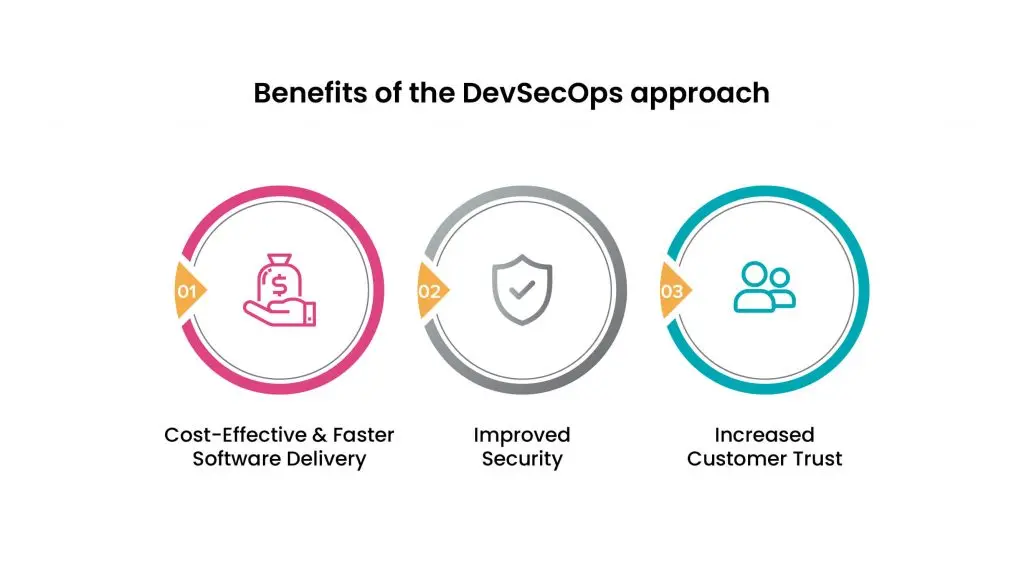
- Cost-Effective and Faster Software Delivery: Developing software in a non-DevSecOps environment usually causes security issues to be identified much later in the SDLC cycle. This leads to big time delays as it will take time to find the root cause and resolve the issues, and these both will be expensive as it needs the entire process to be repeated to deploy the software. The rapid, secure delivery of DevSecOps saves time and reduces costs by minimizing the need to repeat a process to address security issues after the fact. Integrated security cuts out duplicative reviews and unnecessary rebuilds, resulting in more secure code. This is efficient and cost-effective.
- Improved Security : DevSecOps improves the security posture of the entire system from the beginning of the development cycle. Throughout the cycle, the code and infrastructure are reviewed, audited, scanned, and tested for security issues and the issues are addressed as soon as they are identified as well as proactively in many cases. Additionally, better collaboration between development, security, and operations teams improves an organization’s response to incidences and problems when they occur.
- Increased Customer Trust: When everyone in the organization is on the same page with respect to the company’s stance on security, it makes collaboration easier to build more secure systems which in turn helps build customer trust. Consistent security breaches cause a product to lose users since customers cannot trust a product with breached security.
Adopting the DevSecOps Culture: Establishing a DevSecOps culture ensures any security and compliance considerations are prioritized from the planning phase all the way through production and operations. An integrated approach to security provides better accountability, as well as more secure software applications and updates.
DevSecOps is a journey that needs to be continually refined, updated, and analyzed. Every deployment will be different as the needs of each development project will vary. White technology plays a critical role in adoption, developing the right culture and mindset is equally essential to build a successful DevSecOps strategy.
Strategies to Implement the DevSecOps Culture
- Cross-Team Collaborations: Building a DevSecOps culture into the workflow needs extensive focus on cross-team collaborations. It is vital that collaboration is a two-way process where the technical and non-technical stakeholders prepare on the security and compliance requirements. It must be a collaborative approach that should involve the non-technical people at the very beginning of the process to share their insights and understanding of security and compliance requirements. This will help create applications with better quality and security from ground-up and not an afterthought.
- Open Work Environments : It is all about keeping teams in sync, having a clear context for workgroups, grouped decisions, feedback loops, and delivering the right information at the right time. Building an open work environment needs more visibility into development processes with mechanisms for prompt feedback loops. It is essential to engage all the stakeholders involved in the process for input, feedback, and tracking of actions.
- Upskilling: The process of transitioning to DevSecOps needs extensive upskilling efforts to help development teams to integrate security into existing DevOps practices. The process should consider different learning styles while focusing on anything that helps the team become agile with both decision-making and build cycles. This approach towards upskilling will help teams adopt tools and processes in a structured manner resulting in outcomes for building an engaging DevSecOps culture.
- Responsiveness & Reliability: It is about creating solutions that are repeatable and which can be leveraged to automate tasks. This approach will save time, resources and improve the processes. A responsive approach will establish practices that can help with the version control, self-documentation, improved audits, and better quality.
To successfully move to a DevSecOps culture, the teams must make application security an integrated strategy and continue to encourage security awareness. Here are the effective ways to adopt it –
- Adopt the right DevSecOps tools
- Automate the processes completely
- Build a security mindset towards design, coding, testing, deployment and operations
- For existing applications, analyze code and do a vulnerability assessment, evaluate security gaps and remediate problems
- Integrate security into Continuous Integration and Continuous Deployment processes
- Monitor and Mandate security at every stage
How WinWire can help you with DevSecOps?
WinWire has mature and proven DevSecOps offering and solution accelerators that has helped many organizations build the right culture and processes and identify and implement tools and technologies to build successful DevSecOps strategy. Our approach helps organizations like you scale quickly to implement and adopt DevSecOps best practices and deliver application/product features in a secure and accelerated way.
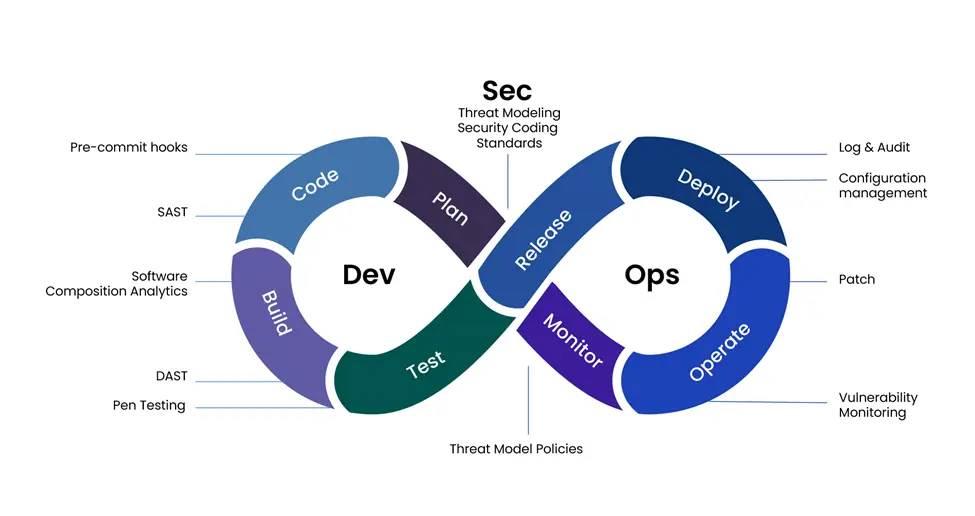
Our DevSecOps Offerings
At WinWire, we approach security as the starting point for delivering the outcomes that leading organizations demand. Our end-to-end DevSecOps offering combines deep domain and industry expertise to accelerate customers’ transformation journey.
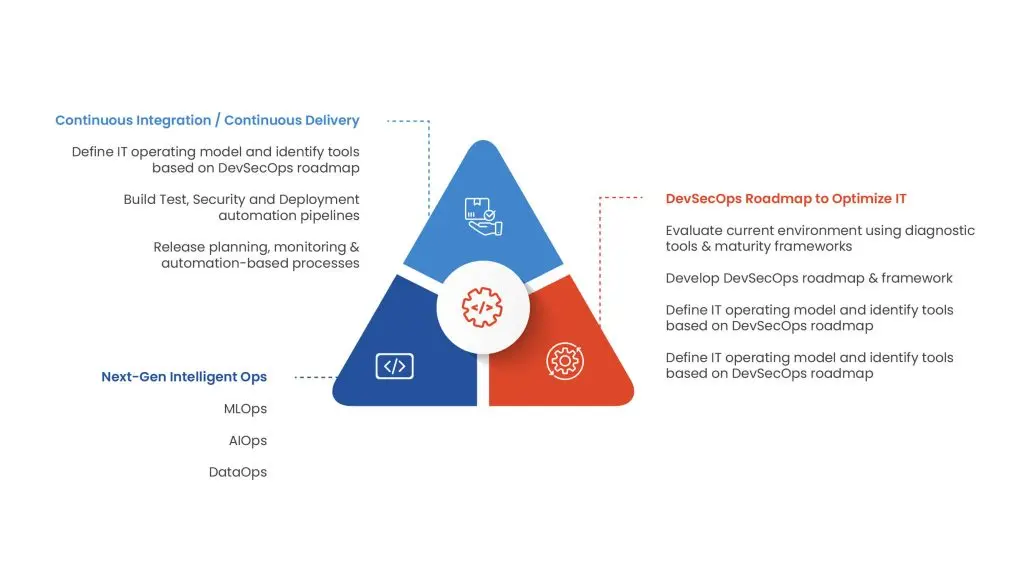
Contact us to learn more about our DevSecOps Offerings.

